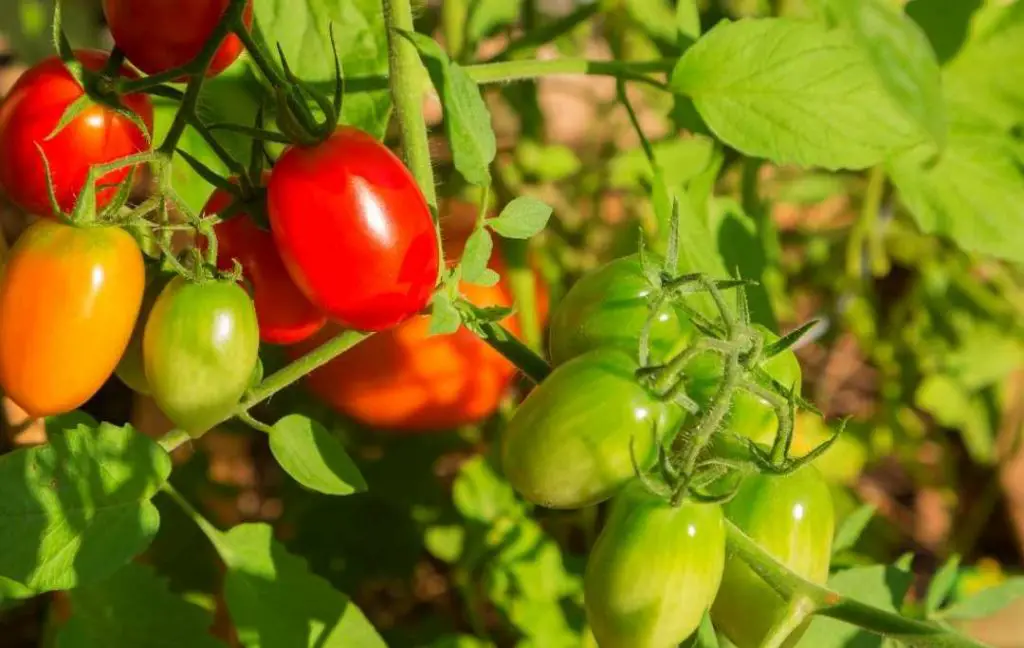Growing tomatoes can be a rewarding and pleasurable experience, especially when you get to taste the luscious, homegrown fruits straight from the vine after they have been grown. Nevertheless, it is not uncommon for gardeners, and especially beginners, to make some mistakes that can hinder the success of their tomato plants.

One of the most common of these mistakes is failing to properly water the tomato plants. When growing tomatoes, there are seven common mistakes that should be avoided at all costs in order to ensure a bountiful harvest:
1. Ignoring the Condition of the Soil:
Tomato plants can only achieve their full potential when they are grown in fertile soil. One of the most typical blunders people make is not paying sufficient attention to the fertility and composition of the soil. Growing tomatoes successfully requires soil that has a pH range of 6.0 to 7.0, has good drainage, and is rich in nutrients.
Before you plant anything, you should have the soil tested and then add organic matter to it to improve its structure and the amount of nutrients it contains. To prevent nutrient imbalances and protect the organisms that are beneficial to soil health, it is important to regularly amend the soil with organic matter and refrain from using chemical fertilisers.
2. Planting In A Shallow Depth.
In order to be successful, tomato plants require extensive root systems. When planting tomatoes, be sure to bury the seedling deeply enough so that the soil level reaches the first set of leaves on the plant. This will ensure that the tomato plant thrives. The section of the stem that you bury in the ground will give rise to new roots and cause your plant to produce more powder.
3. Excessive Or Insufficient Watering:
Tomato plants require the appropriate amount of watering in order to thrive. The roots can be suffocated by too much water, which can result in root rot and other diseases. On the other hand, too little water can result in stress and poor fruit development. The key is to keep the moisture levels in the soil relatively stable over time.
Mulch can be used to keep moisture from escaping, plants should be watered at ground level, and plants should be watered deeply but less frequently to encourage deeper root growth. Also, try to avoid getting water on the foliage as much as possible because this can encourage the growth of fungal diseases.
4. Planting Tomatoes Too Early Or Waiting Too Long Before Doing So.
Because tomatoes can only germinate and grow in warm temperatures, it is essential to wait to plant them until after the last date that frost is expected in your region. If you plant them too soon, there is a chance that the cold weather will harm them.
On the other hand, if you plant them too late in the season, there is a possibility that they will not have sufficient time to develop into mature plants before the end of the growing season.
5. Ignoring the Necessary Pruning
Tomato plants need to be pruned so that they get enough air and don’t get diseases. One common mistake is to either not prune at all or cut the leaves too much. When you prune, take care to get rid of the lower leaves and any suckers that grow from the main stem and branches. This lets the plant put more of its energy into making fruit. But don’t prune too much, because that can stop photosynthesis and make the plant weak.
6. Ignoring the Need for Pest and Disease Control:
Tomatoes are vulnerable to many pests and diseases, and ignoring these problems can quickly lead to a crop that is completely destroyed. Check your plants often for signs of pests like aphids, tomato hornworms or whiteflies, as well as diseases like blight or powdery mildew.
Use things like crop rotation, removing damaged leaves, and natural pest repellents like neem oil to keep them away. If you need to, use organic and safe pesticides on the plants, but be sure to follow the directions carefully.
7. Overcrowding Plants
Planting tomatoes too closely together can lead to overcrowding, which in turn reduces air circulation and creates an environment that is conducive to the development of diseases. Plants that are grown in too close proximity to one another compete for sunlight and nutrients, which slows their growth and reduces their output.
Your tomato plants should be spaced at a distance that is recommended for the particular variety of tomato you are growing, which is typically between 18 and 36 inches. Because of this, each plant is able to receive the proper amount of sunlight and airflow, which encourages more robust growth and improved fruit development.
8. Failure to Properly Support the Plants
Tomato plants can get heavy when they are full of fruit, and if they don’t have enough support, they may fall over or break. It is important to use stakes, cages, or trellises to support the plants and keep the fruit from touching the ground, where it would be more likely to rot and attract pests. Install the support structures early in the growing season so that the root system doesn’t get hurt later.
By avoiding these common mistakes, you can make it much more likely that your tomato plants will be healthy and produce fruit. Make sure to check on your plants often and give them the care they need, and then enjoy the satisfaction of picking your own tasty tomatoes.
